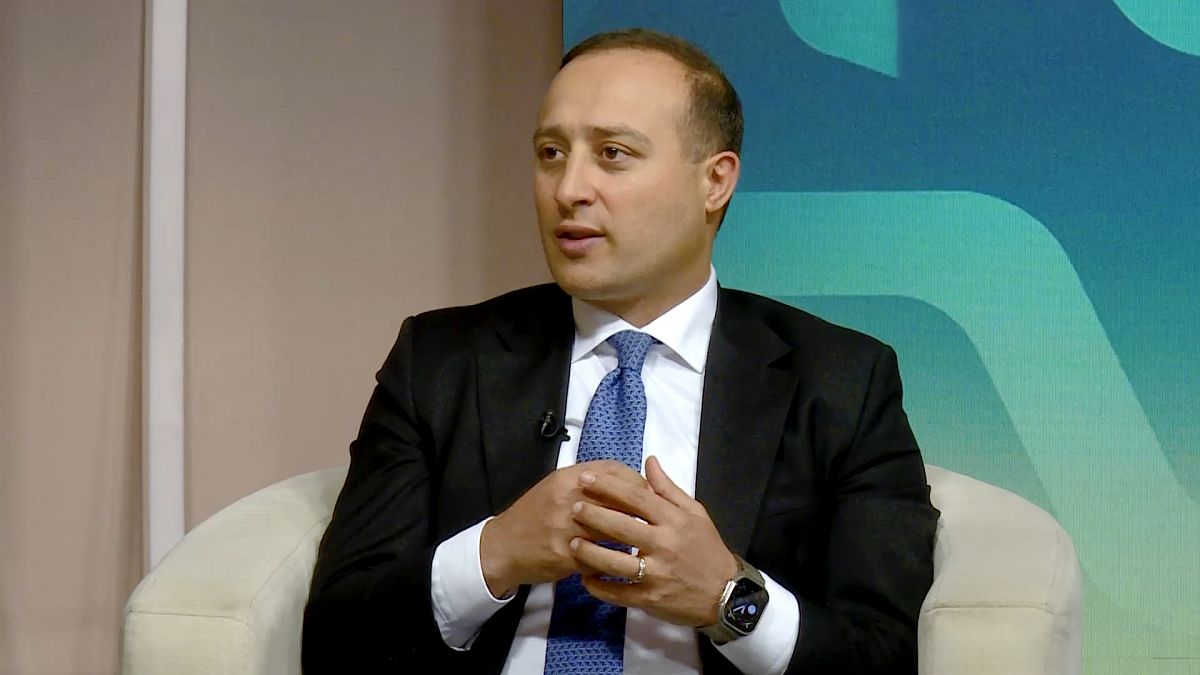

Artificial Intelligence (AI) continues to redefine numerous sectors globally, bringing innovative solutions and unprecedented changes to energy infrastructures, healthcare, and even sports. As these technologies evolve, they offer both opportunities and challenges, nurturing a future where AI stands at the forefront of innovation and sustainability.
In the heart of the Fourth Industrial Revolution, Azerbaijan is tapping into AI and smart grids to overhaul its energy sector. This digital transformation, led by entrepreneurs like Fariz Jafarov from Azerbaijan’s Center for the Fourth Industrial Revolution (C4IR), aims to revolutionize the country’s energy systems. By integrating AI, Azerbaijan seeks to boost efficiency and sustainability, facilitating a shift to greener energy sources. Smart grid technologies allow for optimized energy distribution, enhancing connectivity and reducing emissions, which ultimately supports a healthier ecosystem.
Simultaneously, the healthcare industry is witnessing groundbreaking advancements with AI interventions. Microsoft’s newly developed AI tool has shown remarkable promise in diagnosing complex medical conditions, surpassing doctors in a recently conducted study. This innovation underscores AI’s potential to enhance medical diagnostics, contributing to timely and accurate patient care. By assisting healthcare professionals with its diagnostic capabilities, AI promises to alleviate the burden on medical practitioners, thereby improving patient outcomes and streamlining healthcare services.
Intriguingly, Meta has announced the creation of a special unit dedicated to developing ‘superintelligence’ or Artificial General Intelligence (AGI). This initiative highlights the company’s ambitious goal to develop AI models capable of mimicking human-level reasoning and understanding, a milestone that could signify a new era in AI development. The potential applications of AGI are vast, promising advancements across various domains and enhancing machine capabilities to perform complex, multifaceted tasks.
On a different note, the traditional sport of tennis is experiencing its own revolution. Wimbledon has taken a bold step by employing AI technology for line judging, replacing the traditional role of sharply dressed human judges. While some traditionalists lament the loss of human theatrics on the court, AI’s precision in calling shots promises a new level of accuracy and fairness in the game. Nevertheless, players have reported challenges adapting to the new system, indicating a transitional period as the sport embraces this technological disruption.
In a remarkable demonstration of AI’s entertainment potential, China hosted its first fully autonomous AI robot football match. The event saw humanoid robots, powered by AI, competing in a thrilling display of robotic capability. While the robots faced challenges such as maintaining balance and effectively playing the ball, the match symbolized a futuristic vision where AI merges with popular sports, pushing boundaries and capturing imaginations.
These cases highlight a shared narrative—AI is not only transforming industries but also reshaping human experiences across diverse fields. As we navigate this exciting frontier, continued innovation and thoughtful integration of AI technologies will be key to harnessing their full potential, fostering a harmonious relationship between humans and machines.
Source: {link}
